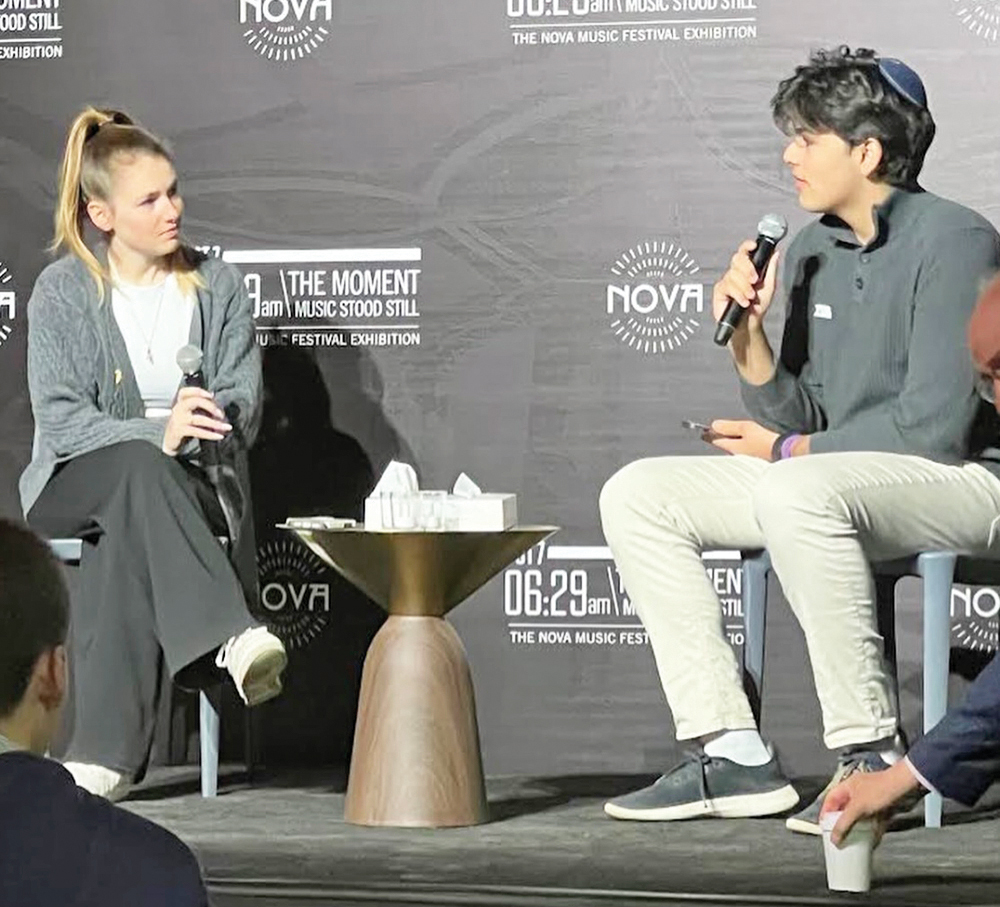

When a borrower cannot qualify for a loan by themselves, a co-signer can be used to compensate and strengthen the possibility of a borrower getting a loan. Co-signers can help in situations such as young borrowers who may not have enough income yet or savings, those going through divorce, and families that want to pool resources.
The important thing to keep in mind is: (1) When you co-sign you are obligated—period. Lenders do not care if you were just trying to help out or just “doing a favor.” (2) Will you also be on the title as an owner or just an obligor of the debt?
There are different guidelines and nuances to how co-borrowers and/or co-signers are underwritten. To give you an idea and the professional insider’s guide to co-signers, take a look below and keep the heads-up in mind when and if the time comes for you to be called upon to co-sign.
Each agency (buyers of mortgages) has different guidelines for non-occupying co-borrowers.
Fannie Mae: Allows a non-occupant co-borrower to be used on primary 1-4 units with no other requirements or restrictions (15 percent down payment or equity needed on primary 2 unit, and 25 percent down or equity needed on 3-4 units)
Freddie Mac: A non-occupant co-borrower can be used on a primary residence, BUT when the down payment or equity exceeds 20 percent the first 5 percent of the down payment MUST be the borrower’s own funds or jointly with the non-occupying co-borrower. ALSO: Some lenders may require that the non-occupant co-borrower have a verifiable housing history, AND on primary 2-4 units, primary borrower MUST have prior had homeownership within the last three years.
FHA: A non-occupant co-borrower can be used on a primary 1 unit residence with 3.5 percent down payment if the co-signer is a family member; on 2-4 units you will need 25 percent down (FHA guideline). If the non-occupying co-borrower has already co-signed on a FHA loan as their primary residence, they are allowed to sign for a second loan as a non-occupying co-borrower ONLY. IMPORTANT: a non-occupying co-borrower CAN NOT be added on cash-out transaction without six months of title seasoning (this means they have to be on the deed—required by Fannie Mae, Freddie Mac, and FHA).
Keep this info in your back pocket and … make lots of friends, keep in touch with family and be nice to your parents (of course) because you never know when one may become a co-signer.
Carl Guzman, NMLS# 65291, CPA, is the founder and president of Greenback Capital Mortgage Corp., a Zillow 5-star lender http://www.zillow.com/profile/Greenback-Capital/Reviews/?my=y. He is a residential and reverse mortgage financing expert and a deal maker with over 26 years industry experience. Carl and his team will help you get the best mortgage financing for your situation and his advice will save you thousands! www.greenbackcapital.com, [email protected]













